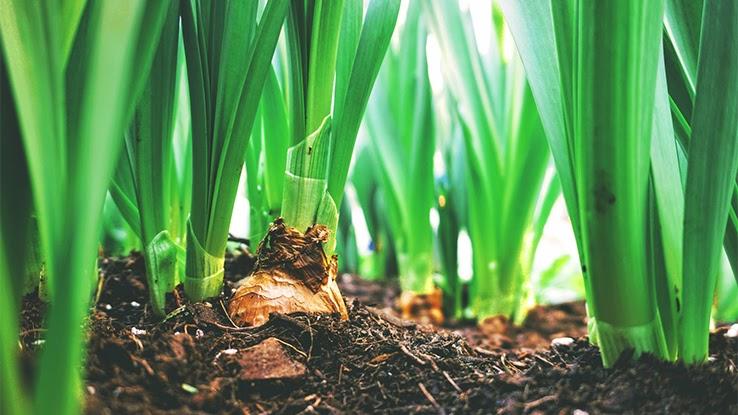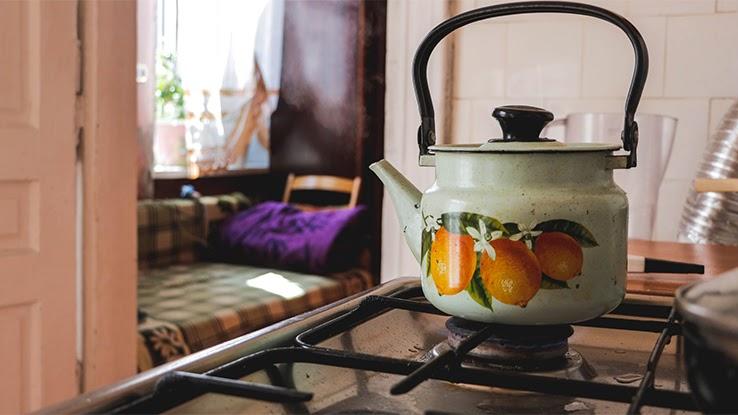Can You Mow After Weed and Feed

Gardening is a fun and rewarding hobby in many ways, but weeds can quickly dampen your spirits — and the look of your yard. The good news is that there are several organic methods for killing weeds and preventing new ones from growing. These methods are usually fast and affordable, and they won't leave you wondering if any harmful or unhealthy residues might be left behind on your plants.
Although most commercial weed killers on the market today are generally safe when used according to their instructions, organic methods for killing weeds can give you more peace of mind. Plus, you can easily make many of them at home. You likely have these common household ingredients on hand already, but a trip to your local gardening store will ensure you have everything you might need to tackle weeds.
Use Your Hands
It might seem like a no-brainer, but using your hands to pull out weeds is an effective and simple method for killing these garden invaders. Because many weeds can be sharp or cause irritating rashes, however, a good pair of gardening gloves is a worthwhile investment. You may also want to use specific tools, such as a sharp trowel or a claw, to dig the roots up from the soil. The only way to know for sure that the weed is completely gone is to fully remove it by its roots.

According to Fine Gardening, only the weed seeds in the top inch or two of soil end up getting enough light for germination, which is why it's important to dig down only when necessary. Digging into the ground can bring seeds that have been lying dormant to the surface, even if they've been underground for a long period of time.
The acidic nature of vinegar means it breaks down oils on the leaves of weeds. Spraying a vinegar solution onto weeds strips the plants of moisture, which eventually weakens and kills them. Vinegar is a readily available and inexpensive method for killing weeds, but you'll need to pay close attention during application to ensure you're only adding it where you need it.

Vinegar can kill your plants and flowers just as quickly as it can eliminate weeds. For this reason, you may want to cover your plants and flowers before targeting weeds with vinegar. Bob Vila suggests spraying vinegar earlier in the morning, when there's less likely to be wind to contaminate plants that are nearby. This will also give the vinegar a better chance of effectively killing the weeds before it gets washed away by rain, watering or sprinklers.
Cover With Mulch
Laying down mulch blocks the sunlight that weeds need to survive, and it also prevents the soil from warming up, which normally creates the right conditions for weeds grow. For best results, Scotts suggests applying a 2- to 3-inch layer of mulch over any area where you don't want weeds to grow. Not only will this carpet of mulch block sunlight, but it will also prevent the weeds from pushing up high enough to appear in your garden.

If you're mulching among perennials, wait until after the flowers have begun to appear before spreading the mulch down. With annuals, it's best to plant them first and then mulch. When applying mulch around roses, shrubs and trees, avoid placing too much mulch near the stems and trunk bases. Reapply it on an annual basis to keep weeds at bay.
Apply Newspaper Layers
Put that stack of old newspaper to work by using it to kill off pesky weeds in your garden. The big advantage of using newspapers is that they keep sunlight and oxygen from penetrating the soil. Not only will this kill off weeds that have already started to sprout, but it can also prevent new ones from coming in.

Newspaper is most effective when you apply it in 10-sheet layers. Once the paper is in place, wet it and then add an inch or two of mulch. You don't have to worry about remembering to pick the paper up, as it'll naturally decompose and become part of the soil that you plant in during the following year.
Pour Boiling Water
Here's another easy trick for getting rid of weeds. Take a kettle of boiling water outside and pour it directly onto the weeds. The water should be at least 200 degrees Fahrenheit to kill the weeds. To effectively eliminate weeds, pour the boiling water over both the stems and leaves.

This method works especially well for killing weeds in cracks along your sidewalk or driveway, as well as larger areas around your property. Not only does boiling water get rid of weeds, but it also doesn't leave behind any potentially harmful residue. To protect your fingers, use a tea kettle instead of a bucket and pour in a steady stream. The kettle spout also helps you direct the hot water onto the weeds while avoiding other plants.
Source: https://www.questionsanswered.net/lifestyle/kill-weeds-organically?utm_content=params%3Ao%3D740012%26ad%3DdirN%26qo%3DserpIndex&ueid=35ee30cb-f852-4604-8c39-2958292717a0
Post a Comment for "Can You Mow After Weed and Feed"